Žižole: The Ancient Fruit Making a Modern Comeback
Table of Contents
If you’ve never heard of žižole, you’re in for a sweet surprise. Known as jujube in English, žižole are small round fruits that look like little brown apples or dates. They grow on thorny trees and have been around for thousands of years. People across Asia, the Mediterranean, and the Balkans have enjoyed them for ages. You can eat them fresh, dried, or even use them in teas and desserts. But žižole are more than just tasty—they’re full of health benefits, considered a superfood in many cultures. With more and more people going natural and healthy, žižole are popping up in markets, gardens, and even skincare products. In this article, we’ll explore what žižole are, why they’re so special, and how you can use them. From their amazing health uses to tips on growing them in your own backyard, this guide covers everything you need to know about the powerful little žižole.
What Are Žižole?
Žižole are small fruits that grow on the jujube tree, also called Ziziphus jujuba. They look a bit like tiny apples or dates and turn from green to light brown as they ripen. The inside is soft, sweet, and full of nutrients. People eat them raw, dried, or cooked in recipes. Žižole are often called the “red date” or “Chinese date,” especially in Asian countries. The tree itself likes warm, sunny spots, and it doesn’t need a lot of water, so it’s perfect for dry climates. The fruit has been grown for centuries and still plays a big role in traditional medicine and local diets. Whether you’re new to žižole or grew up with them, they’re a tasty and healthy treat worth discovering.
A Quick Look at the History of Žižole
People have been growing and eating žižole for over 4,000 years. They started in China, where they’re still very popular today, and quickly spread to the Middle East, the Mediterranean, and Europe. Ancient texts from Greece, Rome, and Persia all talk about the health benefits of žižole. Traders shared them along the Silk Road, carrying the seeds and dried fruits across continents. Over time, they became a favorite in places like Croatia, Slovenia, Bosnia, and Italy. Grandparents in those areas often remember eating žižole fresh off the tree or dried out in the sun. Now, thanks to better farming and travel, žižole are becoming popular again around the world, especially among people who love natural remedies and traditional foods.
What Do Žižole Taste Like?
If you’re wondering what žižole taste like, it depends on how ripe they are. When they’re still green, they have a firm, crisp texture and a slightly sour taste—almost like a mild apple. As they ripen and turn brown, they become sweeter and juicier. Dried žižole taste very similar to dates or figs. They are soft, chewy, and naturally sugary. Some people describe their flavor as a mix between apples, pears, and honey. Because they’re so versatile, you can use them in sweet or savory dishes. Try them raw as a snack, chopped into salads, or cooked into stews and jams. No matter how you try them, žižole are sure to please your taste buds.
The Health Benefits of Žižole
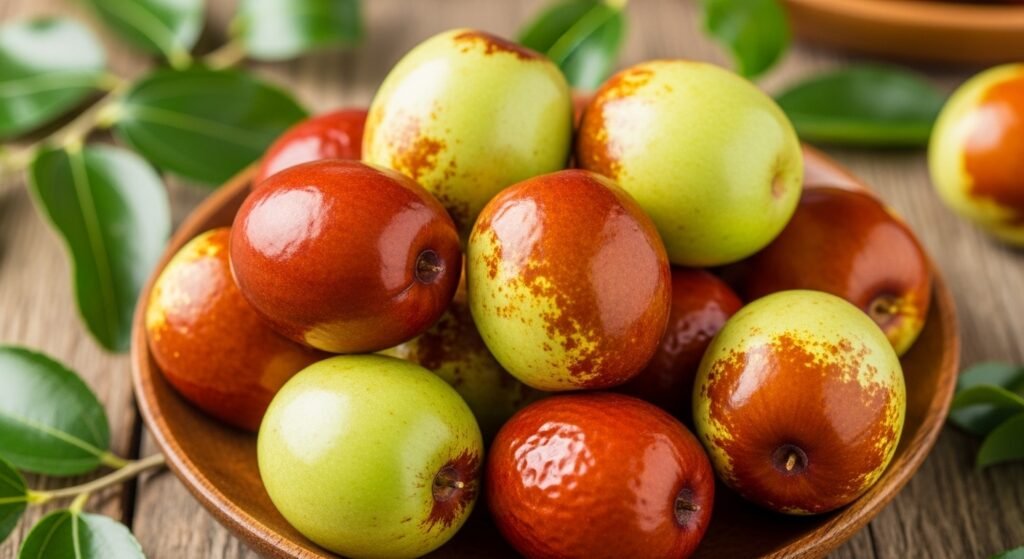
One of the best things about žižole is how healthy they are. These little fruits are packed with vitamin C, which boosts your immune system and helps fight colds. They also contain potassium, iron, fiber, and special antioxidants that protect your cells. Traditional medicine uses žižole to help with sleep, digestion, and stress. Studies show they may support brain health, calm the nervous system, and improve skin. Because they’re high in fiber and low in fat, žižole are great for digestion and may help with weight control. Some people even use them as a natural remedy for anxiety and insomnia. Whether fresh or dried, eating žižole is a tasty way to care for your body.
How to Eat Žižole
You can enjoy žižole in many ways. Fresh žižole are great as a simple snack—just wash and bite in like an apple. Be mindful of the hard seed inside. Dried žižole are even more flexible. You can eat them as they are or mix them into oatmeal, yogurt, or cookies. In many cultures, žižole are boiled into tea with ginger and honey, especially for calming nerves or helping sleep. You can also use them in soups or stuff them with nuts and bake them as a dessert. Some people grind dried žižole into powder and add it to smoothies or health drinks. However you choose to eat them, žižole add natural sweetness and a healthy boost.
Growing Žižole Trees at Home
If you like gardening, growing your own žižole tree can be rewarding and fun. The tree loves warm, sunny spots and does well in dry soil. It’s fairly drought-resistant and doesn’t need much attention once it’s planted. You can grow it in a backyard garden or even in a large pot. Make sure the tree gets good sunlight and space to spread out. In spring, it will grow small green leaves, followed by yellow flowers. By late summer or early autumn, the fruit starts turning from green to brown. Once they ripen, you can pick them off and eat them fresh or store them for later. A healthy plant can give you fruit for many years. Žižole trees also look beautiful and attract bees and birds, which is great for the garden.
Žižole in Traditional Medicine
For centuries, žižole have been used in traditional Chinese medicine as a natural way to heal the body. Healers believed that they help balance energy, strengthen the heart, and calm the mind. In some parts of the world, people use žižole to treat low appetite, weakness, and even stress. The dried fruit is often boiled into herbal teas or mixed into tonics. In Ayurvedic (Indian) medicine, žižole are seen as cooling, meaning they help reduce heat in the body. Some even say that žižole help cleanse the liver or improve skin complexion. While new studies support some of these uses, it’s always best to talk to a doctor before using žižole for health problems. Still, their long history in folk medicine shows just how loved and trusted they are.
Žižole in Everyday Cooking
In the kitchen, žižole are easy to use and can fit into lots of recipes. You can add chopped žižole to salads just like dates or raisins. You can also put them into chicken dishes or meat stews to add a sweet twist. Many people like making žižole jam, which tastes amazing on toast or with cheese. One popular idea is stuffing dried žižole with nuts and cinnamon, then roasting them until golden. You can also blend them into energy bites with oats, seeds, and honey. In the Balkans, žižole are sometimes turned into fruit syrups or spreads. Steeping dried žižole in warm water creates a calming, bedtime tea that many people enjoy all year round.
Žižole in Skincare and Beauty
Believe it or not, žižole are also used in skincare. Because they are packed with antioxidants and vitamin C, they help smooth skin and reduce fine lines. Some face creams use jujube extract to improve brightness and health. Natural face masks made from žižole powder are said to help with acne and dark spots. Many people also use žižole oil on their hair to improve shine and reduce dandruff. These beauty treatments are gentle and plant-based, which makes them ideal for sensitive skin. While more science is still being done, many users swear by žižole as a beauty booster. So if you love natural skincare, žižole could be your new favorite find.
Storing and Preserving Žižole
Keeping žižole fresh is easy if you store them right. Fresh fruits can be kept in the fridge for up to two weeks. If you want them to last longer, try drying them. Place them in the sun or use a food dehydrator until they shrink and turn wrinkly, like small dates. Once dried, they can last for months in a jar or airtight container. You can also freeze fresh žižole to use later in tea or cooking. If you grow a lot or buy in bulk, preserving them as jam, syrup, or jelly is a great idea. That way, you can enjoy žižole flavors all year long—even in winter.
Žižole Around the World
Different cultures love žižole in their own way. In China, dried žižole are eaten daily or given as gifts during holidays. In Korea, they’re used in samgyetang, a healthy chicken soup. In Middle Eastern countries, žižole are cooked into rich stews or mixed with nuts and served during special events. In the Balkans, especially Croatia and Slovenia, many people remember childhood days picking žižole from village trees and eating them fresh. Even in Italy, they call them “giuggiole” and turn them into tasty liqueurs. No matter where you go, žižole are full of warmth, tradition, and comfort. It’s fun to learn how each culture adds its own twist to this ancient fruit.
FAQs
1. Are žižole and jujube the same thing?
Yes, žižole is a regional name for jujube, the fruit from the Ziziphus jujuba tree.
2. Can I eat žižole every day?
Yes, they’re safe and healthy in normal amounts. Just don’t eat too many dried ones, as they are high in sugar.
3. Is it easy to grow a žižole tree?
Very! The tree is hardy, needs little water, and does well in warm, sunny spaces.
4. What are the benefits of dried žižole?
Dried žižole are rich in fiber, antioxidants, and natural sugars. They’re great for energy and digestion.
5. Can kids eat žižole?
Absolutely! Just make sure to remove the hard seed inside to avoid choking hazards.
6. Do žižole need special care in winter?
If your winters are cold, it’s good to protect young žižole trees, but mature trees are usually winter-hardy.
Final Thoughts
Žižole may be small, but they carry big flavor, rich tradition, and powerful health benefits. Whether you use them in recipes, teas, face masks, or garden pots, they offer so much value. They’re sweet, simple, and packed with goodness. Once a hidden gem, žižole are quickly becoming a popular favorite again, loved around the world by people who want to eat healthy and live well. If you’ve never tasted žižole before, now is the perfect time to start. Try them fresh, dried, or cooked your favorite way. Grow a tree, make a snack, or share them with friends. However you enjoy them, žižole are little fruits with a big heart—and they’re ready to make your day brighter.
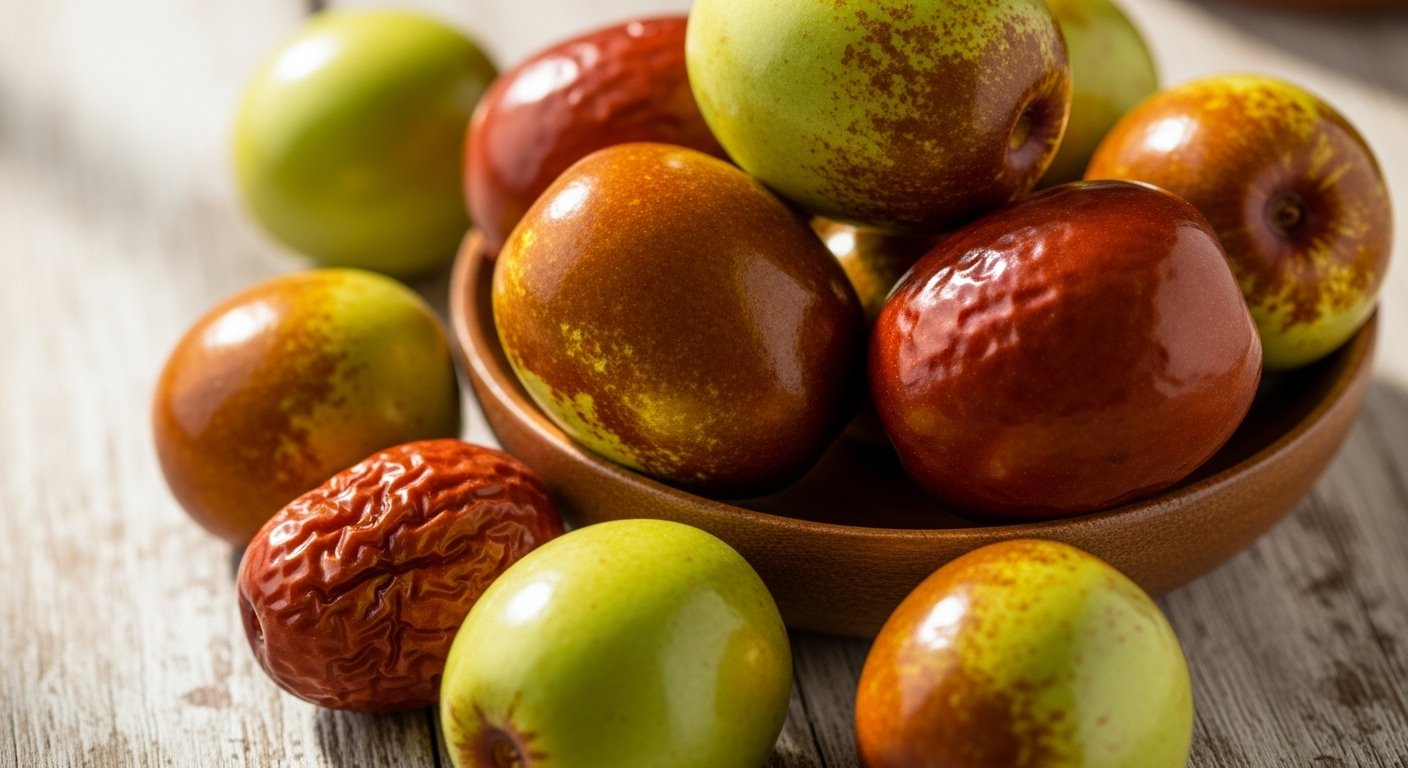
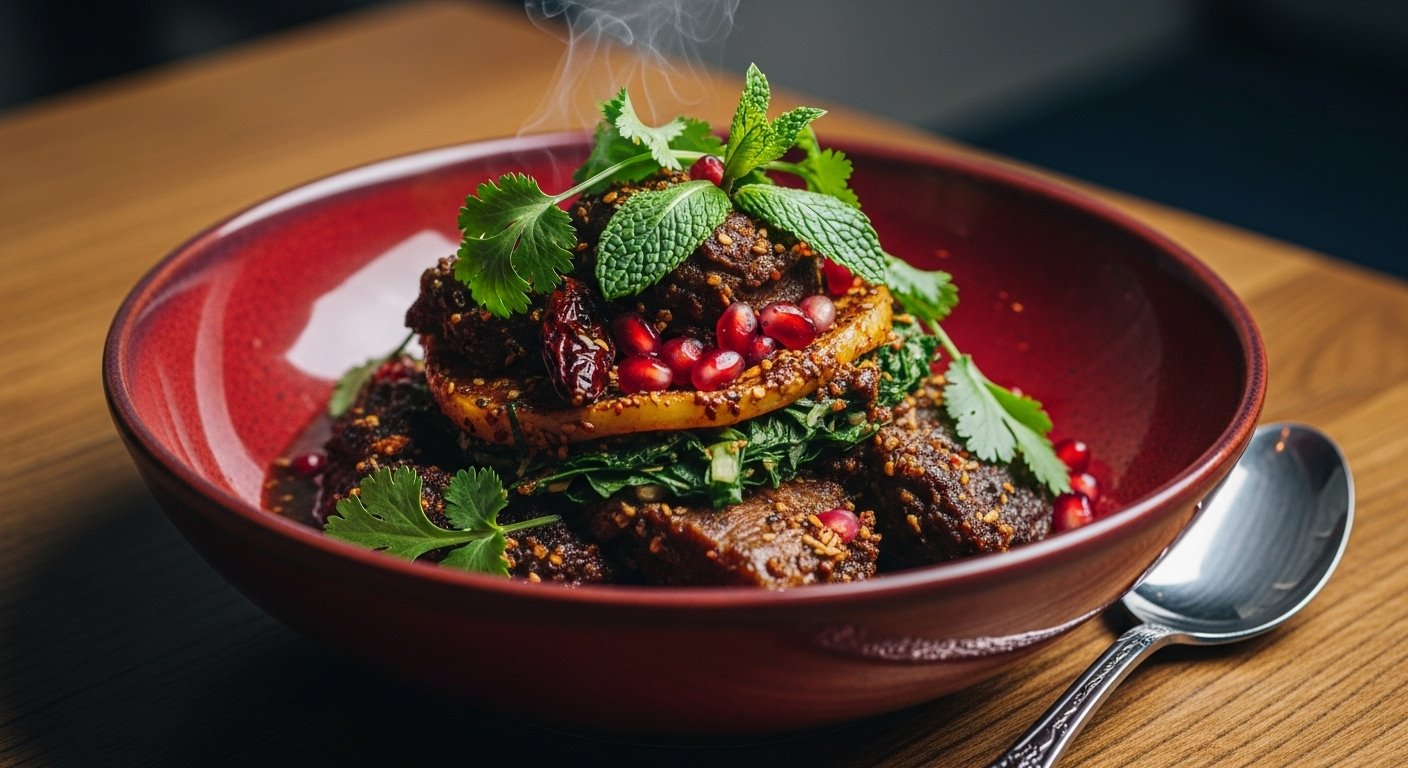
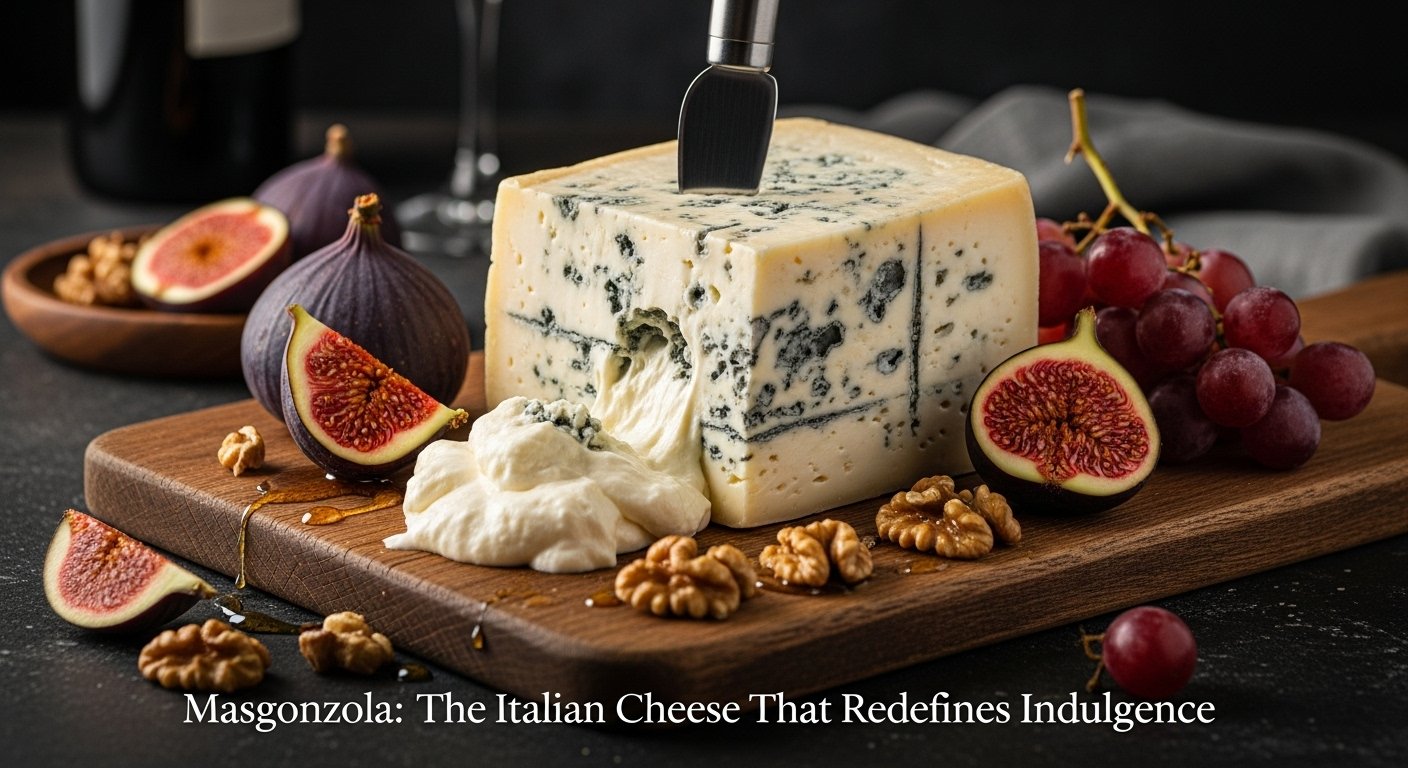
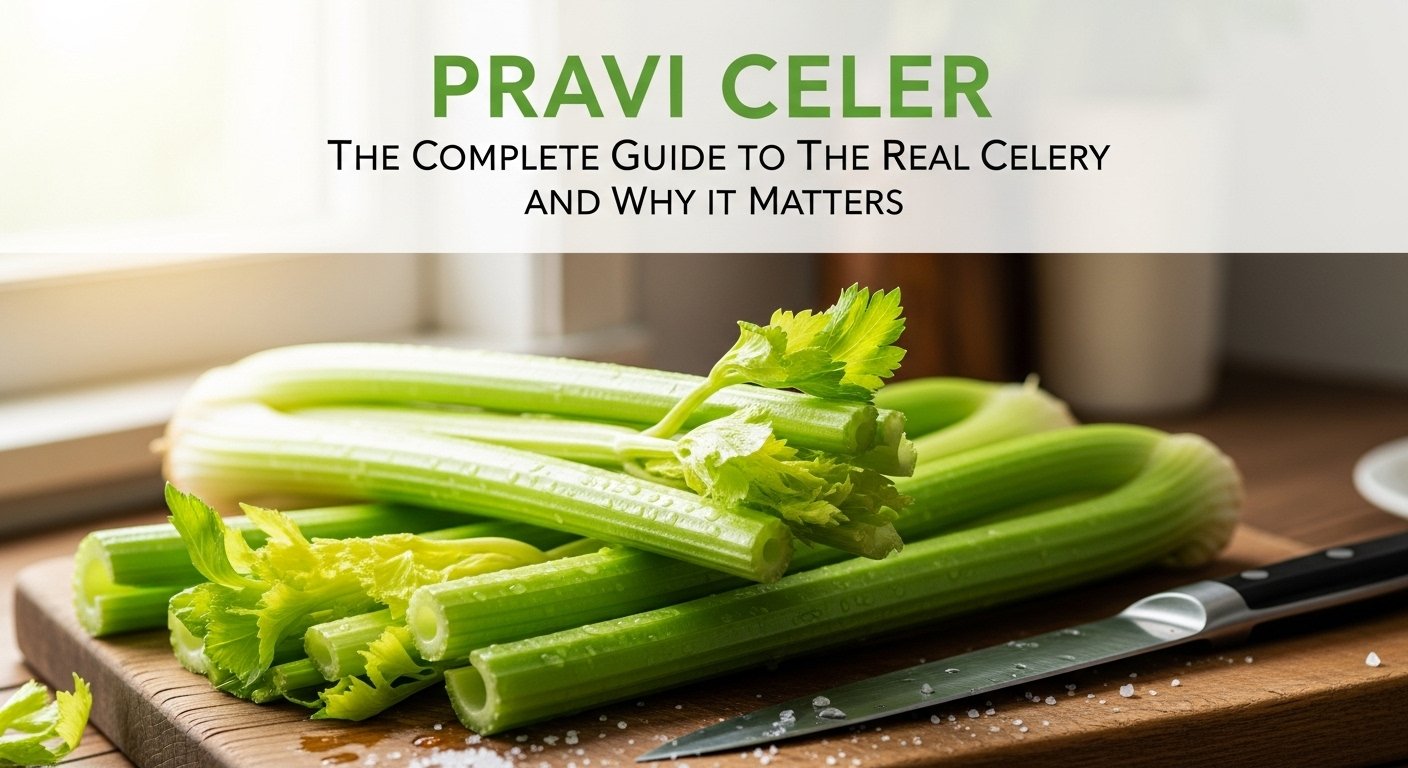




Post Comment